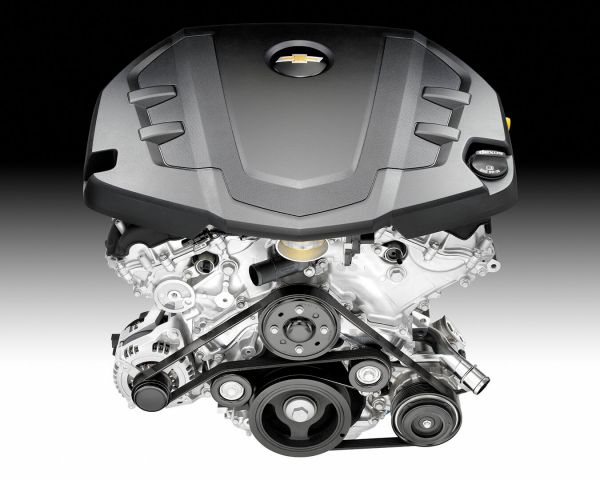 |
| 2016 Chevrolet Camaro 3.6L (LGX) |
| (source media.gm.com) |
Choose your displacement
At the time of writing, there are three known Gen IV HFV6 engines being produced, in two different displacements:
LGW: 3.0L (twin turbocharged)
LGX: 3.6L
LGZ: 3.6L (referred to as 'variant 2' by GM VIN cards)
All engines share the same stroke, at 85.8mm. The LGW has a bore of 86mm (making it almost a “squared” displacement), and the LGX/LGZ has a bore of 95mm.
The LGX and LGZ engines are basically identical, with the exception that the LGX was designed with car applications in mind and the LGZ is designed for the 2017+ mid size truck (Chevrolet Colorado and GMC Canyon). Horsepower and torque numbers quoted by GM's press releases seem to confirm this, with the LGZ bringing in slightly higher torque at 1000-1300 RPM lower than the LGX at a slightly cost of high RPM horsepower.
Applications
At the time of writing, the Gen IV HFV6 is either available currently, or will be in the future, in the following applications:
2017 Buick LaCrosse (LGX)
2016-2017 Cadillac ATS (LGX)
2016-2017 Cadillac CT6 (LGW, LGX)
2016-2017 Cadillac CTS (LGX)
2017 Cadillac XT5 (LGX)
2016-2017 Chevrolet Camaro (LGX)
2017 Chevrolet Colorado (LGZ)
2017 GMC Acadia (LGX)
2017 GMC Canyon (LGZ)
What's changed since the Gen III HFV6?
The question that most people want answered at this juncture is this: What has changed with these new engines (e.g. the LGX) versus the engines they are replacing (such as the LFX)? The answer? Virtually everything.
While building on the success of the Gen III HFV6, and sharing many similar design patterns, GM claims the GenIV HFV6 is a “clean sheet redesign” of the HFV6 family emphasizing some of the following goals:
- Improved fuel economy (up to 9% vs the LFX when used with start/stop systems and 8 speed automatic transmissions)
- Improved power output (up to 335HP with the LGX vs 323HP with the LFX)
- Improved noise dampening
Engine Architectural Similarities
All High Feature V6 engines are 60 degree angled 6 cylinder engines arranged in a V formation. All HFV6 engines have 24 valves (2 intake valves, 2 exhaust valves) driven by double overhead camshafts (DOHC). The earliest HFV6 engines used MPFI (multi point fuel injection), but were all direct-injected (DI) by the time they reached the Gen III phase. They use a common firing order of 1-2-3-4-5-6.
Engine Components
Interestingly, the third generation of the HFV6 also came in both a 3.0L (LFW, LF1) and 3.6L (LFX) displacement, but the bore and stroke are all changed (especially in the case of the 3.0L):
| Engine | Displacement | Bore | Stroke |
| LF1, LFW (Gen III) | 2994 cc (3.0L) | 89mm | 80.3mm |
| LGW (Gen IV) | 2989 cc (3.0L) | 86mm | 85.8mm |
| LFX (Gen III) | 3564 cc (3.6L) | 94mm | 85.6mm |
| LGX, LGZ (Gen IV) | 3647 cc (3.6L) | 95mm | 85.8mm |
GM says the engine block is all-new, utilizing an increased bore spacing (up from 103mm on Gen III, to 106mm on Gen IV). The block is stronger, and stiffer, “with increased structure in the bulkheads for superior rigidity” (source: GM media).
On top, the cylinder head is redesigned for higher airflow and power levels, using intake and exhaust valves that are 6% larger each in the LGX than in the LFX. However, some of the most drastic changes in the Gen IV engine are part of the cylinder head (see Active Fuel Management section below). The Gen IV engines continue to use an integrated exhaust manifold design in that there is a single exhaust port on each cylinder head.
Also, changes to the variable valve timing (VVT) system were implemented to allow for a wider range of control over valve timing. This is particularly the case on the intake camshaft, which, from the “parked position”, can be phased in either direction (as opposed to only one direction on the outgoing Gen III engines)
The patented cooling system design was completely redesigned to allow for so-called “targeted cooling”. “This new, parallel-flow design maximizes heat extraction in the area of the upper deck, intake and exhaust valve bridges in the heads and integrated exhaust manifold with a minimal amount of coolant. The result is more even and consistent cooling, which enhances performance, and faster engine warmup, which improves cold-start efficiency and reduces emissions.” (Source: GM Media). Also, efficiency improvements in the cooling system allow GM to use a coolant pump that uses 50% less power to turn, leading to improved economy.
Other changes include a dual-stage oil pump (similar to the Gen V V8 engines), redesigned oil pan for improved noise abatement, and simplified chain-based cam drive systems, to increase service life and also reduce noise.
Active Fuel Management (AFM)
One of the most astounding changes with the Gen IV HFV6 is the utilization of the same cylinder displacement technology that's used on the Gen V V8 engines and the newest 4.3L V6 used in the full size trucks (Chevrolet Silverado and GMC Sierra). GM calls this Active Fuel Management (AFM).
On a basic level, AFM works by seamlessly disabling multiple cylinders, under light load conditions, on the fly, to reduce pumping losses. When a transition to AFM is occurring, the cylinders that are being disabled are allowed to complete a combustion event, but, beginning at the end of the power stroke, the intake and exhaust valves are disabled to keep the combusted charge in the cylinder, turning it, in effect, into a “gas spring”. When a transition from AFM is occurring, the exhaust valve is first allowed to open, to expel the previously trapped combustion charge, then the intake valve is enabled to begin normal operation on the next cycle.
From a mechanical standpoint, AFM was much simpler to design on engines utilizing in-block camshafts (OHV V6 and V8s). We consider the deployment of AFM on a DOHC engine, like the Gen IV HFV6 to be an engineering feat. Furthermore, our engineers have found that AFM implementations on the Gen IV HFV6 are far more smooth and seamless than even on the current OHV engines.
Turbocharging the HFV6
When the Gen III HFV6 was introduced in 2010 (with the LF1), it seemed twin-turbocharging was an eventuality based on some design decisions that were made (particularly the move to an integrated exhaust manifold in the cylinder head). This design allows a turbocharger to be directly bolted to the cylinder head, reducing the overall size footprint, reducing parts count and cost, and improving turbocharger response (reducing so-called “turbo lag”).
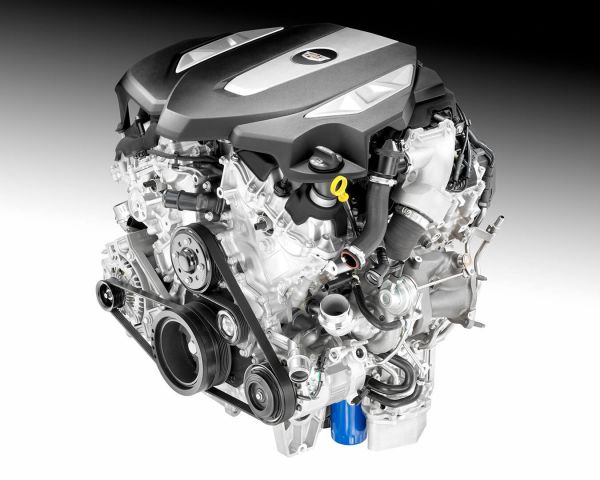
2016 Cadillac CT6 3.0L TT (LGW)
(source: media.gm.com)
At the time of writing, there were four twin-turbocharged variants of the HFV6 in use, three of them belong to the Gen III family, and one to the Gen IV family:
| Engine | Displacement | Application(s) | Horsepower | Torque | Boost Level (observed) |
| LF3 (Gen III) | 3.6L | 2014+ Cadillac CTS VSport | 420HP | 430TQ | 12psi |
| LF3 (Gen III) | 3.6L | 2014+ Cadillac XTS VSport | 410HP | 369TQ | 12psi |
| LF4 (Gen III) | 3.6L | 2016+ Cadillac ATS-V | 464HP | 445TQ | 15psi |
| LGW (Gen IV) | 3.0L | 2016+ Cadillac CT6 | 404HP | 400TQ | 15psi |
The turbocharged HFV6 engines have unique features that allow them to sustain the increased cylinder pressures and loads experienced by turbocharged engines including:
- Specialized engine blocks with specific oil and coolant passages to provide lubrication and cooling to the turbocharger assemblies
- Application-specific pistons to better withstand the loads of a turbocharged engine
- Increased valve sizes to allow for increased airflow
- Improved crankshaft and rod strength
Spanning Generations of Engine Controllers
An engine is only as capable as the electronic control unit (ECU) that controls it.
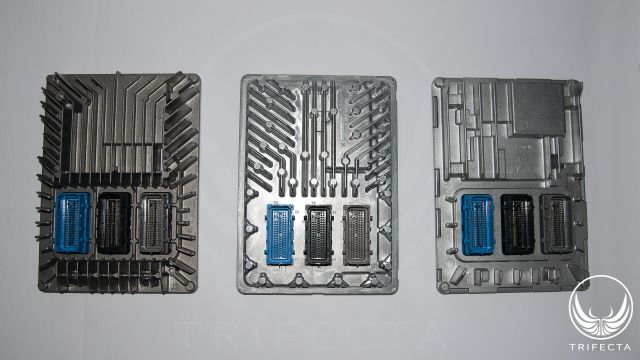
Engine Controllers: E39, E92, E82
(source: TRIFECTA media)
It was the arrival of the Gen III HFV6 in 2010 which ushered in a new era of both ECU software and hardware. The E39 (left) was the first Delphi-based controller to be capable of driving both DI engines and turbocharged engines. It was extensively deployed in 4 cylinder and V6 applications, and continues to be in use today (though its use is waning in favor of the newer E80, E81, and E82).
The E92 (center) arrived in 2014 to drive the then-debuting Gen V V8s (LT1, L83, L86), new V6 (LV1, LV3), and a few of the HFV6 Gen III engines (LF3, LFX with 8sp auto). In 2015, the E92 was also used in the then-new Chevrolet Colorado and GMC Canyon with the LFX engine, and in 2016, the E92 was chosen to drive the new LF4 engine debuting in the 2016 Cadillac ATS-V. While the E92 is essentially an upgraded E39, sporting a larger EEPROM (flash) and a CPU with a higher clock speed, it is largely pin-compatible with the E39.
The newest ECU family additions include the E81 (not shown) and E82 (right), which are now the standard ECUs driving the Gen IV HFV6 engines.
While the ECU hardware has changed over the years (gradually increasing in EEPROM flash size, increasing CPU speed, and increasing the number of and types of inputs and outputs), it is interesting to note that the underlying software which controls the ECU itself has its roots all the way back to the original E39 introduced in 2010.
Aside from needing to support ever-more complex engines, newer ECU technology was required to communicate with other vehicle ECUs which were increasing in both complexity and speed of communications (particularly with the adoption of 8 speed automatic transmissions).
Conclusion
The future of the HFV6 certainly looks bright and exciting! These V6 engines are producing more power than V8s 15 years ago were, at a fraction of the fuel consumption. The most exciting future prospect is “what is the Gen IV 3.6L twin turbo engine going to make for power”. Is there an LG3 and LG4 on the horizon, to replace the LF3 and LF4?
...or perhaps even more exciting… An 8 cylinder engine utilizing the design and strengths of the HFV6? Across GM's line, there is no other engine architecture that packs in as much advanced technology, efficiency, economy, or power per liter than the HFV6. An 8 cylinder version (HFV8?) would indeed to be a force to be reckoned with. Particularly a twin-turbo version…
TRIFECTA High Feature V6 Engineering Team

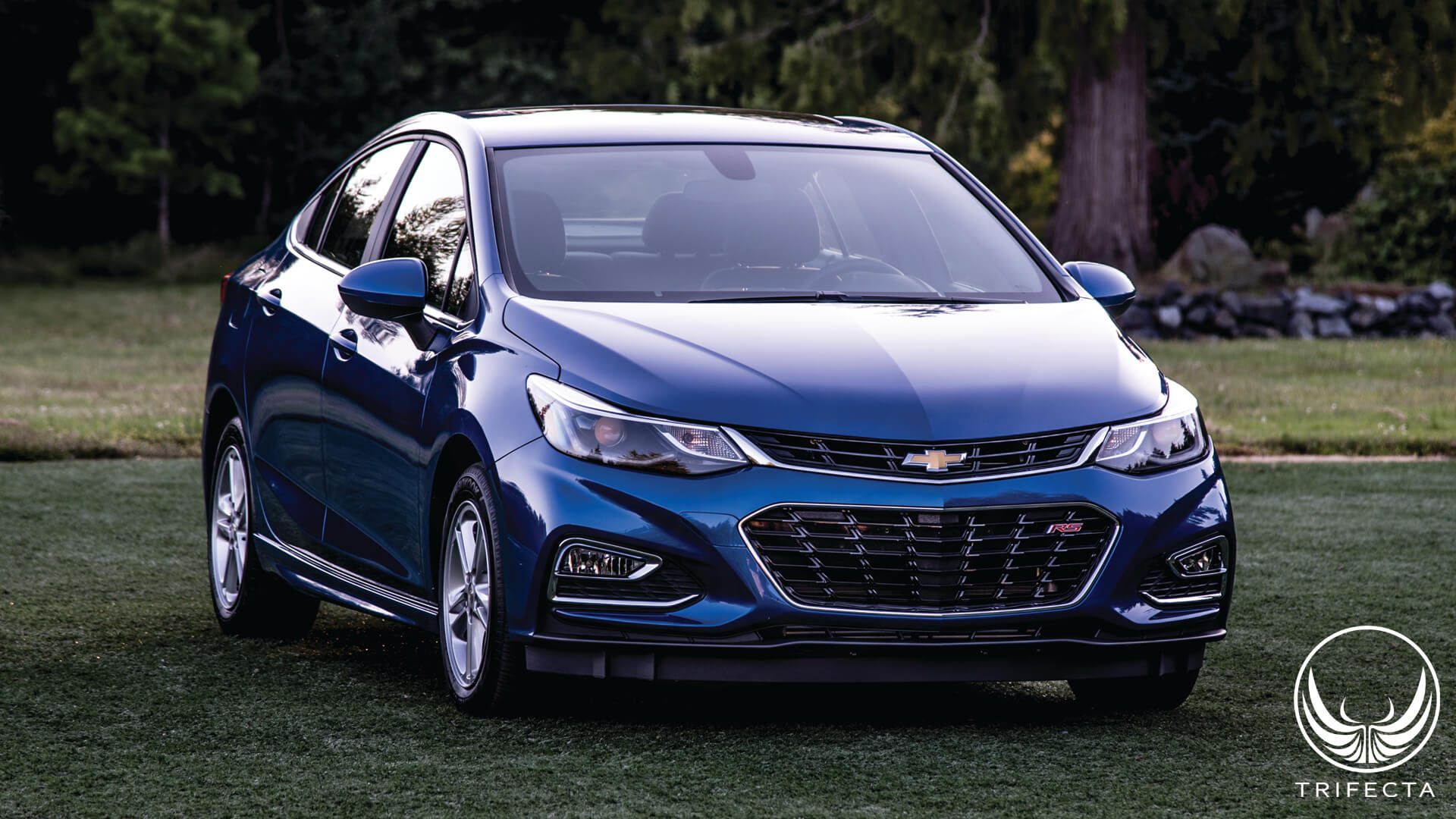

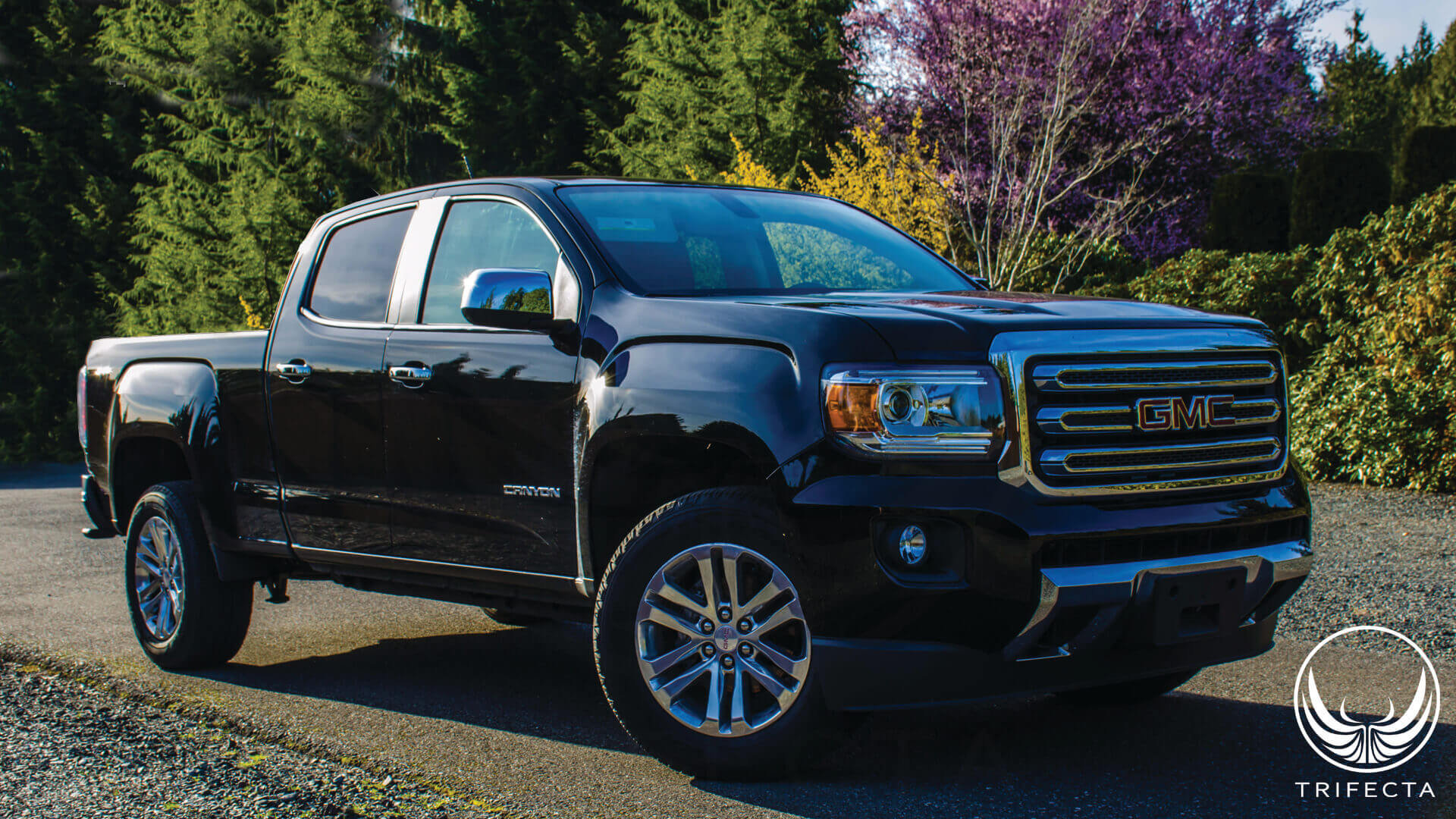




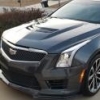

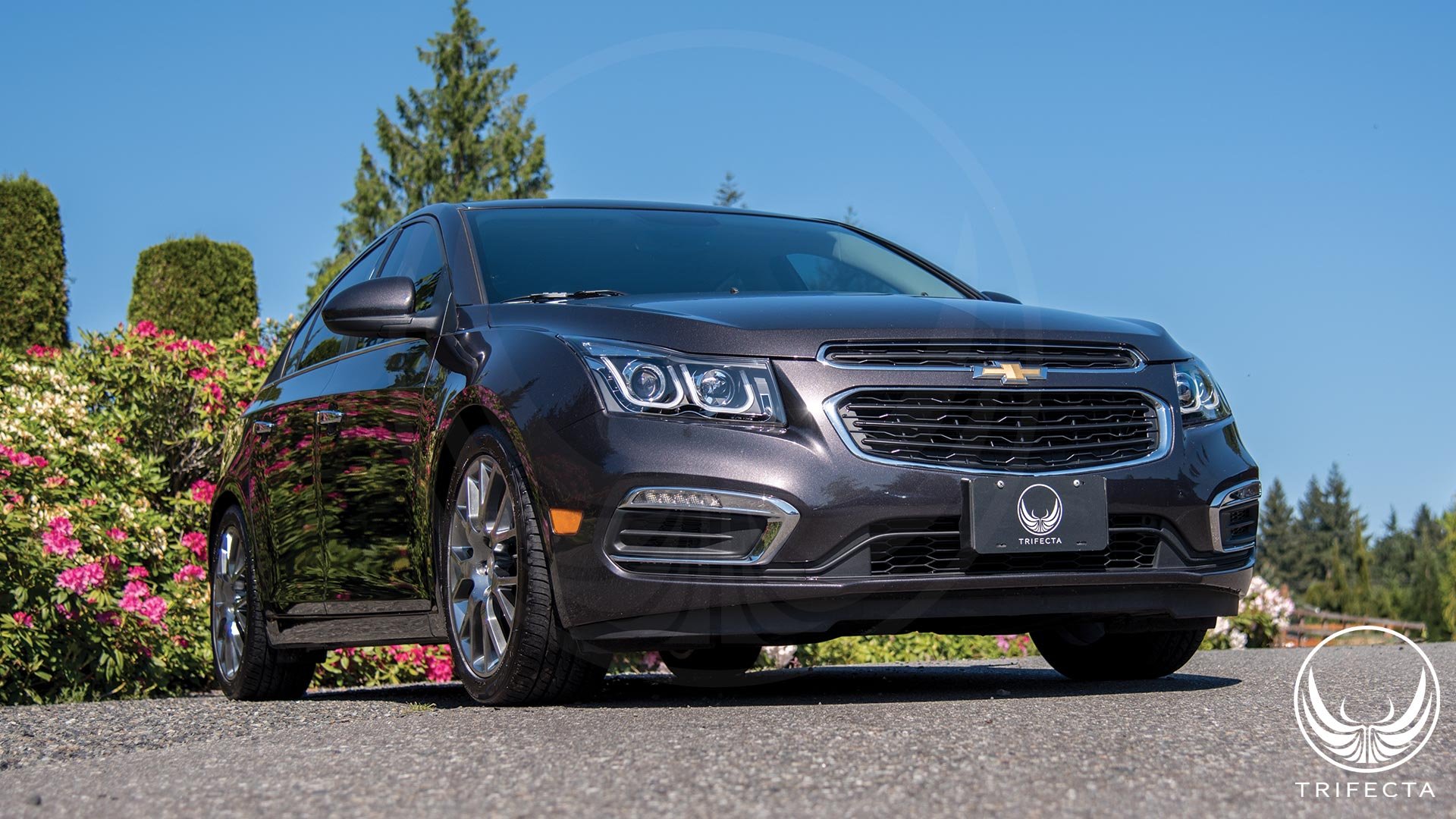
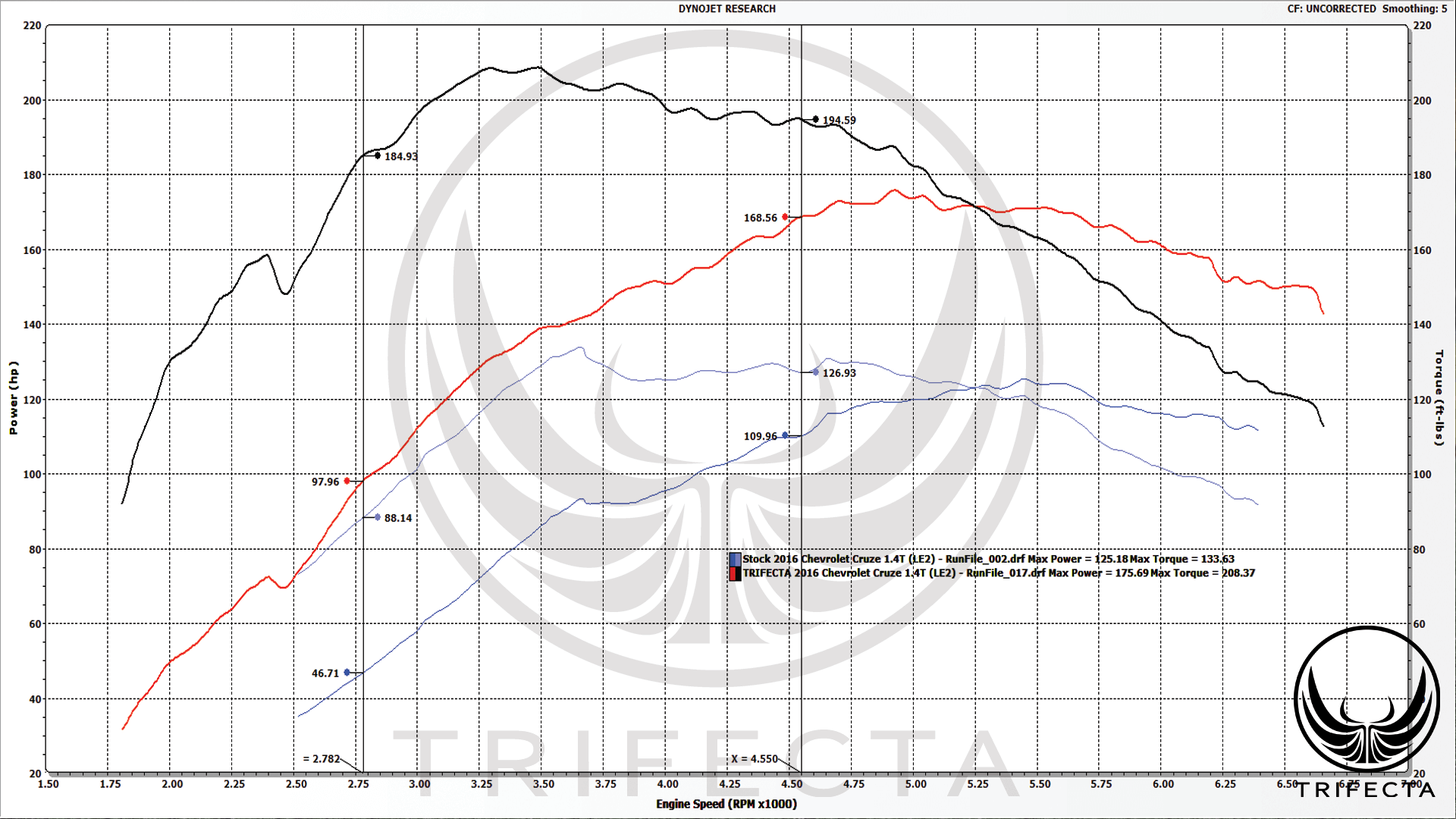
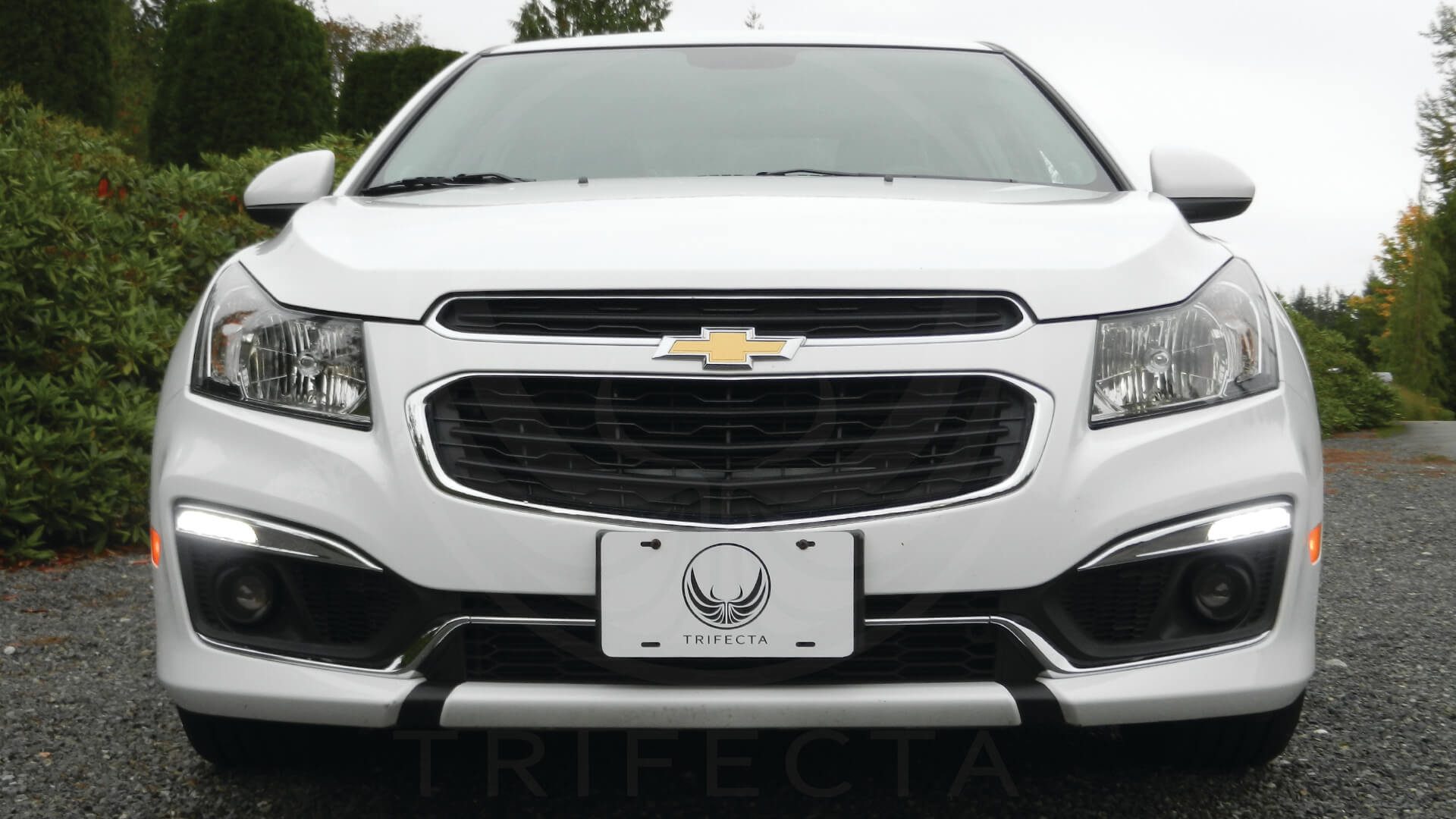
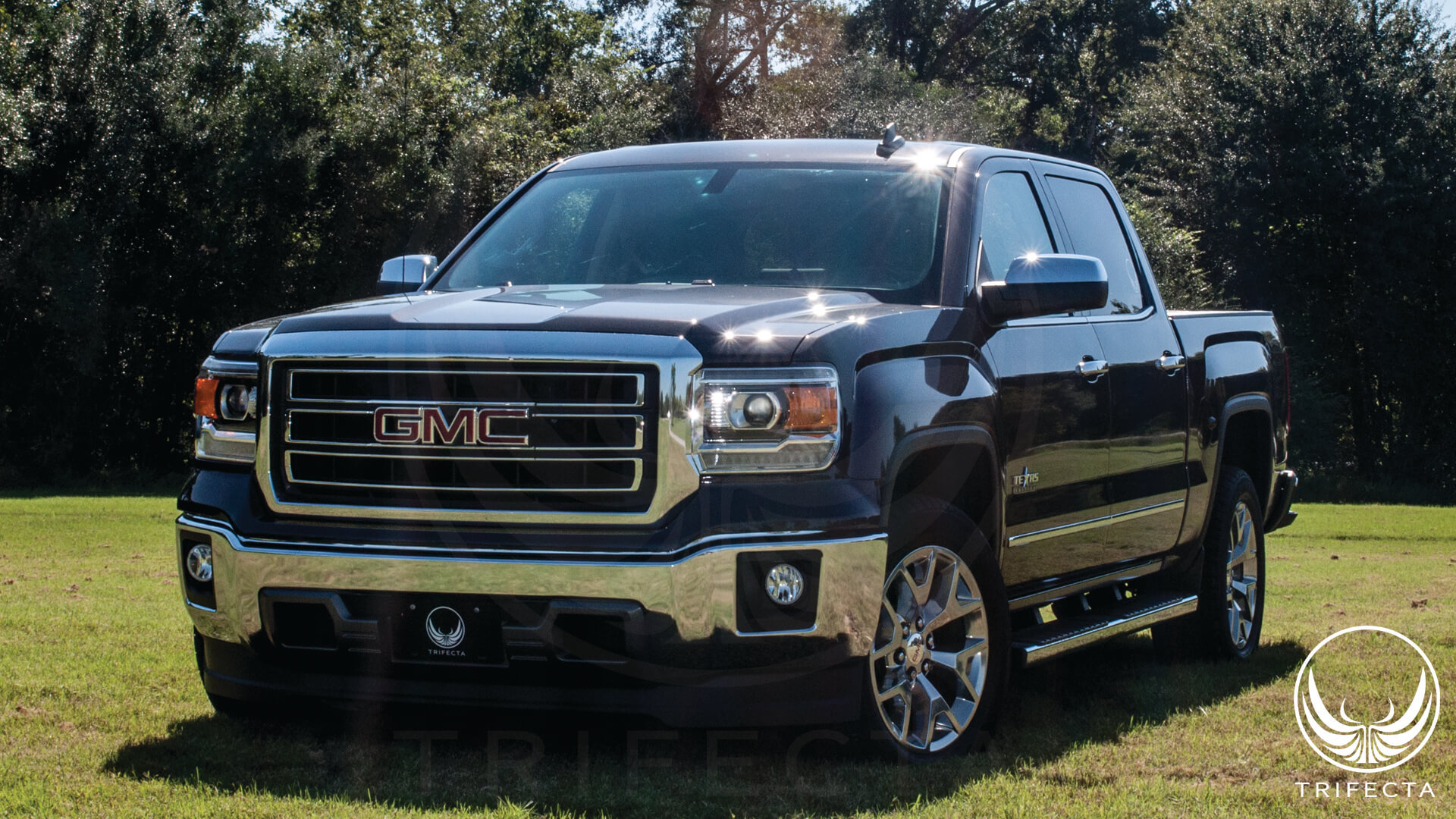

Recommended Comments
Join the conversation
You can post now and register later. If you have an account, sign in now to post with your account.